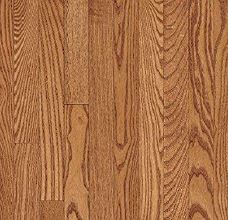Aug 12th 2022
Types of Grout
 The most common grout used for man-made tiles is sanded grout. This is a blend of Portland cement and sand. You can feel the presence of the sand to help identify this type of grout. The width of the grout line also aids in identifying the type of grout. Normally sanded grout is used when grout lines are 3/16” or wider. Sanded grout is appropriate for ceramic tile.
The most common grout used for man-made tiles is sanded grout. This is a blend of Portland cement and sand. You can feel the presence of the sand to help identify this type of grout. The width of the grout line also aids in identifying the type of grout. Normally sanded grout is used when grout lines are 3/16” or wider. Sanded grout is appropriate for ceramic tile.
It should not be used on stone floors, although it occasionally shows up there due to inexperienced installers. If you encounter sanded grout on a stone floor – BE CAUTIOUS! Sand can scratch most stone and play havoc on a polishing job.
Unsanded grout is also made from cement but without the sand. It is great for natural stone flooring. There are two reasons for this. First particles of sand from grout could scratch and abrade stone surfaces. Second, the unsanded grout is better suited to filling narrow grout lines in stone installations.
Epoxy grout, although not common, resists staining and soil. It can be identified by a plastic-like appearance that is frequently rounded on top. NOTE: Cementitious grout with epoxy added will also resist staining and be easier to clean but it is not the same as 100% epoxy grout.
Other types of grout such as Furan may be used in special situations such as counters where food is prepared. These specialty grouts clean up very well, but unfortunately, you won’t see them very often.
Grouts may contain additives to provide color, make cleaning easier, or extend the life of the grout. Your initial inspection of a job should include examining the grout. Cracks may be present due to movement of the substrate, installation and mixing issues, or rarely the quality of the grout itself.
Sections of grout that have broken loose due to these cracks can be blasted out by high-pressure cleaning and vacuum. Clients should be advised of this possibility.



















